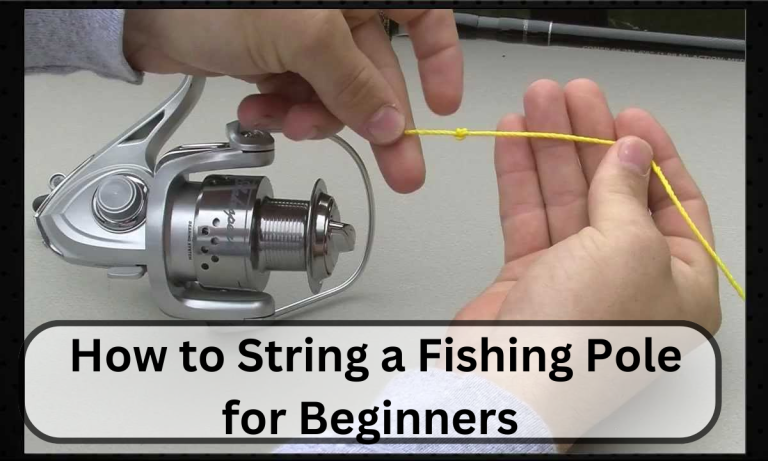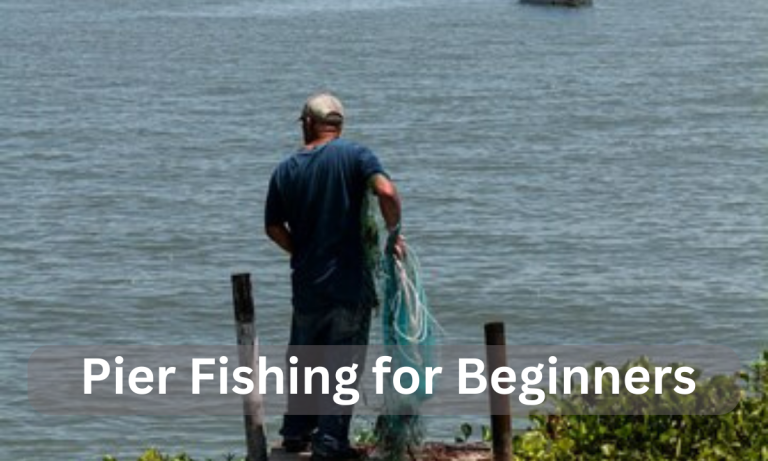Swinging Flies for Striped Bass
Swinging flies for striped bass is one of the oldest techniques of fishing in a current. Not only the striped bass but also other fish like winter steelhead, big trout, small, wooly bugger, and salmon can be caught from big rivers using the technique of wet fly swing.
A beginner might be willing to know what swinging flies for striped bass technique is. It is just the easiest method of catching various fish species. It is all about throwing a wet fly across and slightly downstream from you with the line properly mended beforehand. Next, wait for the current to take it away.
But make sure that the wet fly stays on the line. However, lower the rod tip while the fly is swinging across the current because the fly will not have any drag. Moreover, there is nothing wrong with giving it a twitch for a good effect.
When the wet fly has reached downstream from where you are standing, you are required to start retrieving it. However, for a deeper presentation, you should cast further upstream. But as far as shallower presentation is concerned, cast more downstream.
A little practice is required to achieve the distance by enabling fly fishing to reach the water.
The technique of swinging flies for striped bass carries with it the advantage of extending the season of fly fishing when other techniques have almost failed due to cold or high water. Another advantage is that this swing fly technique is time-tested and can tempt even the hesitant fish.
Swinging Flies for Striped Bass: Water Situations
However, our angler friends should be aware of the fact that there is a difference between swinging a fly in the surf and a river. The experienced anglers know that surf has rips parallel to the beach on either side of a trough or washout. Additionally, these rips carry the baitfish away by trapping them.
However, it is very difficult to strip a fly through a rip. Here is the time when the swing-the-fly technique becomes too useful. Hence, keep looking at the scene below. Whenever you come across blue lines, it is an indication that rips are forming. Now, swing the fly rather than stripping one.
The striped bass love waiting behind the sandbars for their meal. Here is the test of your casting abilities whether you can cast on the initial set of breaking waves into the rip or not.
Casting accuracy becomes very crucial while using wet flies. The wet flies used include blue wing olive wet fly and Adams wet fly. So, if you succeed in your cast, the rips will swing the fly. However, you should find the point on the beech to do this activity thoroughly.
Swinging Flies for Striped Bass: When to Use it?
As mentioned above, the technique of wet fly swing is adopted to get the fly down quickly by swinging it just in front of the targeted fish.
It is used by anglers interested in deep trout fish and when the fish is not expected to rise for any hatch. As far as striped bass anglers are concerned, they use this technique to imitate baitfish in the current to befool the fish again and again.
Further on, the wet fly swing technique is used with flies like Muddler Minnow, wooly buggers, soft hackles, or traditional wet flies. Another excellent striped bass fishing style is ‘Striper Slider.’ It works best during the day, at night, in low light, calm conditions, and whitewater.
Additionally, it can be swung in the current, estuaries, and river mouths and can be cast and retrieved along beeches. Similarly, the swing fly technique makes the presentation of fly fisher swimming freely in the current. However, the broadside of the current might find the fish waiting in pocket water behind big rocks or where the current changes speed.
Swinging Flies for Striped Bass: Rigging
A majority of fly anglers use the wet fly swing with a sinking tip line. However, the size and species of the fish decide the weight of the line. Similarly, the rigging should be big as you are expected to fight both fish as well as the current which might be deeper at times.
As regards the leaders, they should be shorter than average so that the fly does not rise in the current.
Moreover, as the swinging flies for striped bass technique is generally used for the fish that are lying deep, therefore, depth is key.
If the desired depth is not achieved, you should add more weight in the shape of a larger fly or switch lines. Most anglers are not in favor of sinking lines because they want the line to stay on the water. Secondly, control is easy, and casting and hook are easily set up as well.
Conclusion
Swinging wet fly is the oldest and simplest technique of catching various fish species. The anglers just need to be careful of rips, currents, lines, baitfish, and certainly desired depth to achieve maximum results from their endeavor.
FAQs
What is swinging flies for striped bass?
Ans. It is just the easiest method of catching various fish species. It is all about throwing a wet fly across and slightly downstream from you with the line properly mended beforehand.
What kind of fly line or setup is key for striped bass?
Ans. Most anglers prefer a sink or sinking-tip line to take the fly to the desired depth. As far as the rod is concerned, a 7-9 weight rod is considered suitable keeping in mind the size of flies and water conditions.
What is the best time to swing flies for striped bass?
Ans. The spring and fall are thought to be the best seasons for swinging flies for striped bass as the fish are more active near the shore.
Which line is best for swing flies?
Ans. Line preference depends on the position of the fish and the depth of water. If the water is deeper and the current is strong, go with a sinking or sink-tip line. But for shallower water, a floating line is a good option.






